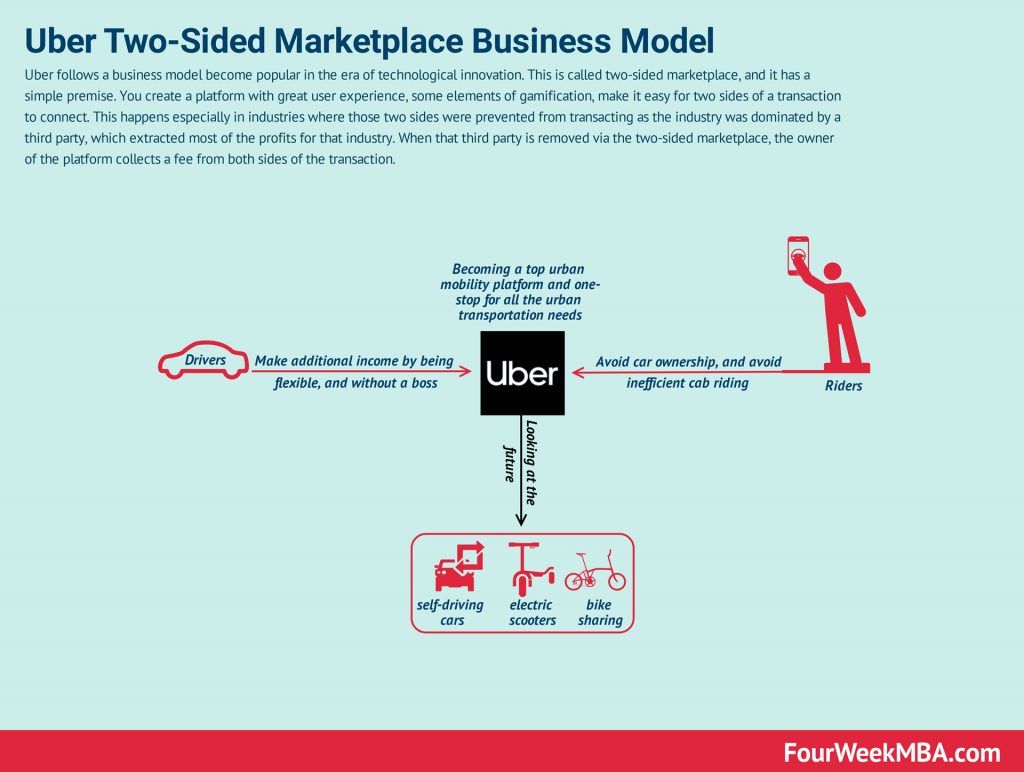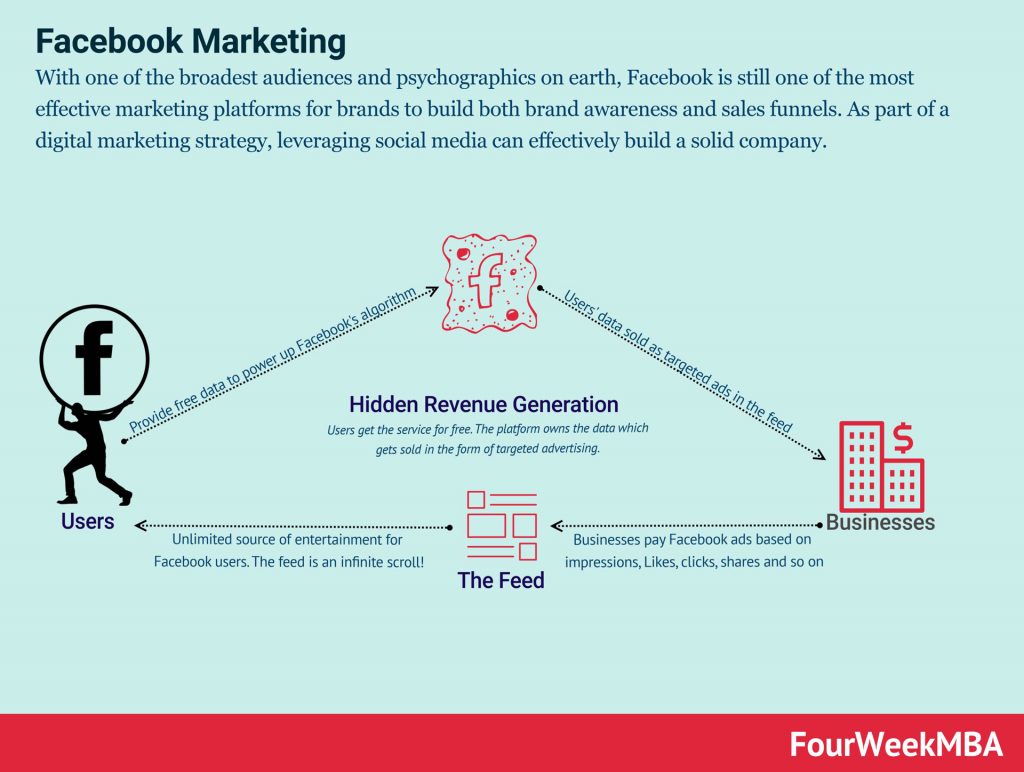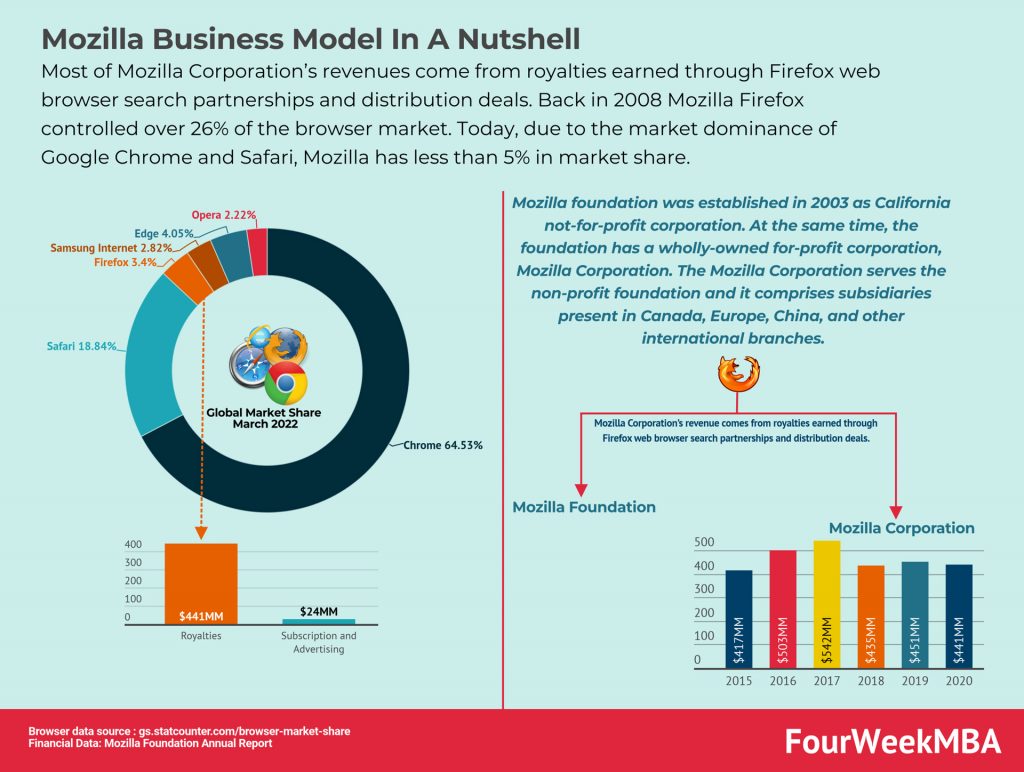Greetings, Bryce Biggs here, strategy lead at YourBigPic here to talk about pivoting in the context of your business model. To recap, pivoting means fundamentally changing the direction of a business when you realize current products or services are not meeting the needs of the market. It can also mean the need to change the process by which you serve the market.

The classic pivots were identified by Ries in 2011. And his focus was essentially on startups. However, today, pivots are seen as being a necessary process for many well-established businesses as well. So many pivots today require a move to a new business model by an existing business.
A business model addresses a range of aspects such as teamwork, vision, strategy, finance, and other elements that build to the model we need to offer to the market. Here we see that we can define a business model as what you offer, how and to whom. And our business model requires us to look at our organisational model our operating model, our strategy, our ecosystem which is very important for businesses today. The purpose and corporate culture and of course at the centre leadership that drives the business forward.
More precisely, our business model answers four key questions. Firstly, who is the customer? Secondly, what value does the business deliver to the customer? Thirdly, how does the business operate, and fourthly, how does the business make a profit?

A sample description of some well-known business models is provided here. And these were identified by four-week MBA who have identified over one hundred possible business models. And here we see some very famous and familiar businesses such as Uber, Facebook, now known as Meta and Mozilla.

So, we can review our model in relation to some very well-known and established models to see to what extent we are doing similar or vastly different things to them.

xxx

xxx
The question then perhaps is can we at YourBigPic help you pivot your business model? We would work with you applying the Wicked Challenges approach, which is a six lens, interactive way of tackling your necessary pivot of your business model.
And the six lenses we use are resourcing it, collaborating it, framing it, innovating it, measuring it, and iterating it, in different proportions and in different orders depending upon the particular needs of your particular organisation, and taking this business model forward.
So, if you feel a discussion about how to take your business to a new and different business model or to introduce subsidiaries that tackle new and different business models, then we would really welcome the opportunity to discuss it. Thank you.
